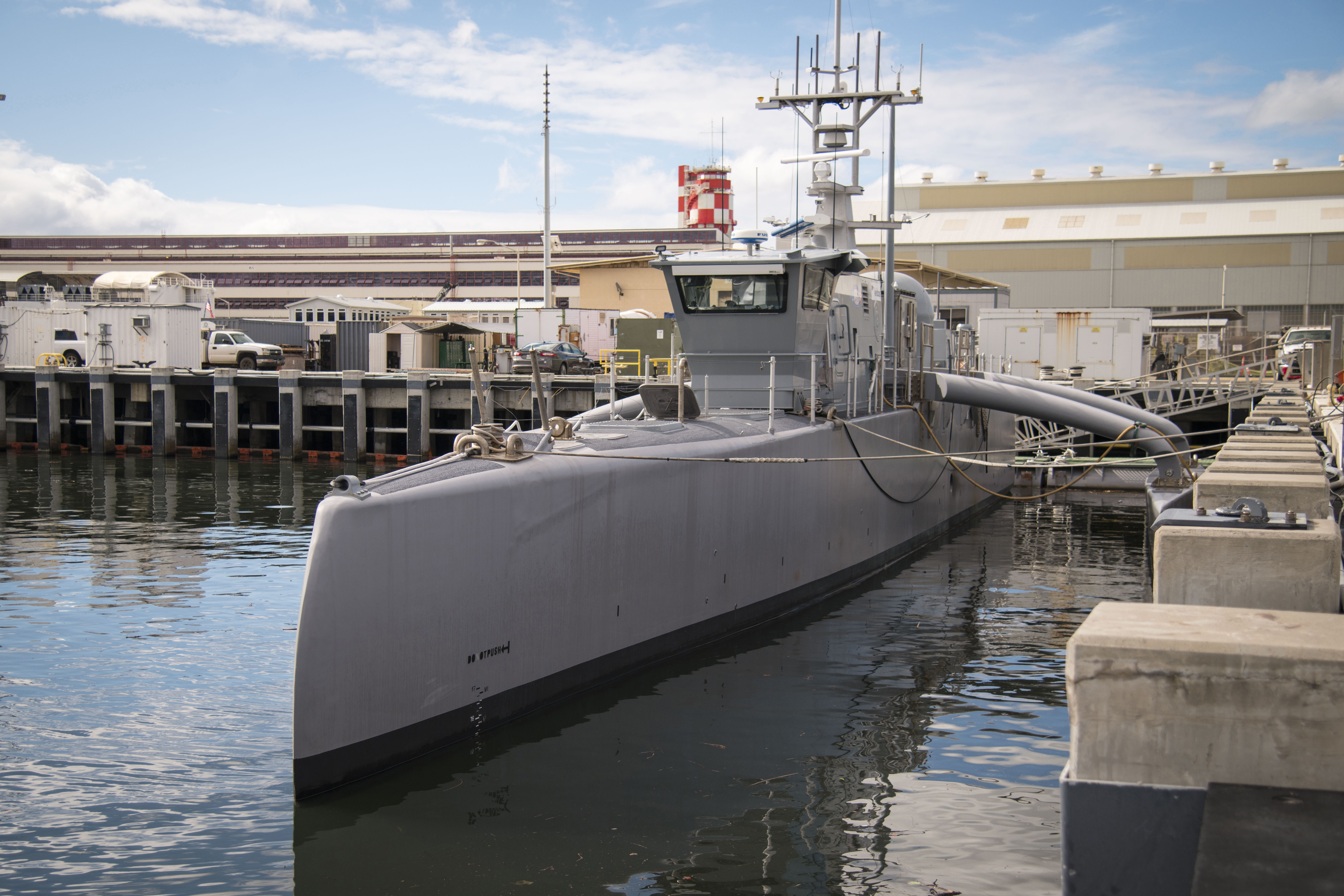
Navy Betting Big on Unmanned Warships Defining Future of the Fleet
THE PENTAGON – The Navy has more questions than answers on how it will use unmanned warships in the future,…
Copyright 2024 U.S. Naval Institute. All Rights Reserved.